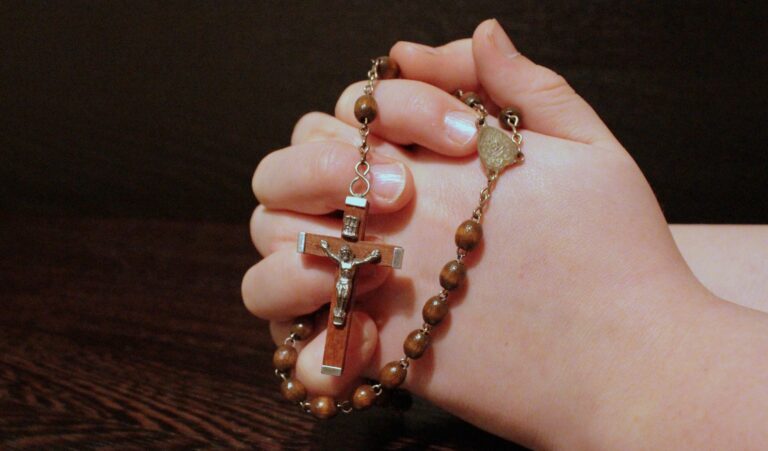The number of Catholics in Ireland has dropped, according to the results of Census 2022, but this change must be properly interpreted. While there has been a decline among the Catholic population, a lot of immigrants are religious, and the way the religion question was rephrased since the last census has almost certainly had an impact on the results.
Although Ireland remains an overwhelmingly Catholic country (nominally at least), with 69pc of the population identifying as ‘Catholic’, there has been a big rise in the number of people who ticked the “no religion” box in the last Census, from 451,941 in 2016 to 736,210 in 2022, accounting for 14pc of the population.
Over a fifth of those who say they have ‘no religion’ are non-nationals, which is higher than the percentage in the overall population who are from overseas.
The big rise in the number who ticked the “no religion” box in Census 2022 is due also to big changes in the religion question.
The Census 2016 question asked: “What is your religion?”. After a consultation, the question was changed to “What is your religion, if any?” and the first response offered was “no religion”, whereas in 2016 it was the last option.
During the consultation process, Professor Stephen Bullivant, on behalf of the Iona Institute, requested that the question remain in its original format to allow proper comparison census by census. He suggested that a separate question measuring actual levels of religious practice be included as well. (Our submission can be found here. )
Since 2016, the number of Catholics in Ireland has dropped 4.9pc, from 3,696,644 to 3,515,861. But the Catholic share of a fast-growing population has dropped further, from 78pc in 2016, to 69pc last year. This garnered a lot of headlines.
The number of Anglicans (which includes members of the Church of Ireland) slightly increased and much of this growth was accounted for by immigration.
Membership of certain other Christian denominations fell by more than membership of the Catholic Church: Lutherans -25.5pc, Methodists -12.7pc. Evangelicals experienced almost as big a drop as the Catholic Church at -7.7pc.
Buddhists were also down -3.3pc, while there was a huge surge in other religions, for example Hinduism, which saw a rise of 140.7pc in just six years. Almost all of this is explained by immigration from India.
It is interesting to note regional differences in the Census 2022 results. The highest percentage professing “no religion” is in Dún Laoghaire/Rathdown County Council (23.9pc), the lowest is in Monaghan (6.8pc).
The highest percentage of Catholics is in Mayo (79.6pc), while the lowest is in the Dublin City Council area where only 52pc identify as such. The centre of Dublin has a very high number of immigrants.
The highest percentage of Muslims is in South Dublin (3.3pc), whereas the lowest is in Wicklow (0.7pc).
Ireland’s religious landscape is indeed changing but it is not easy to compare results when the key question asked about religion has changed so much.
















